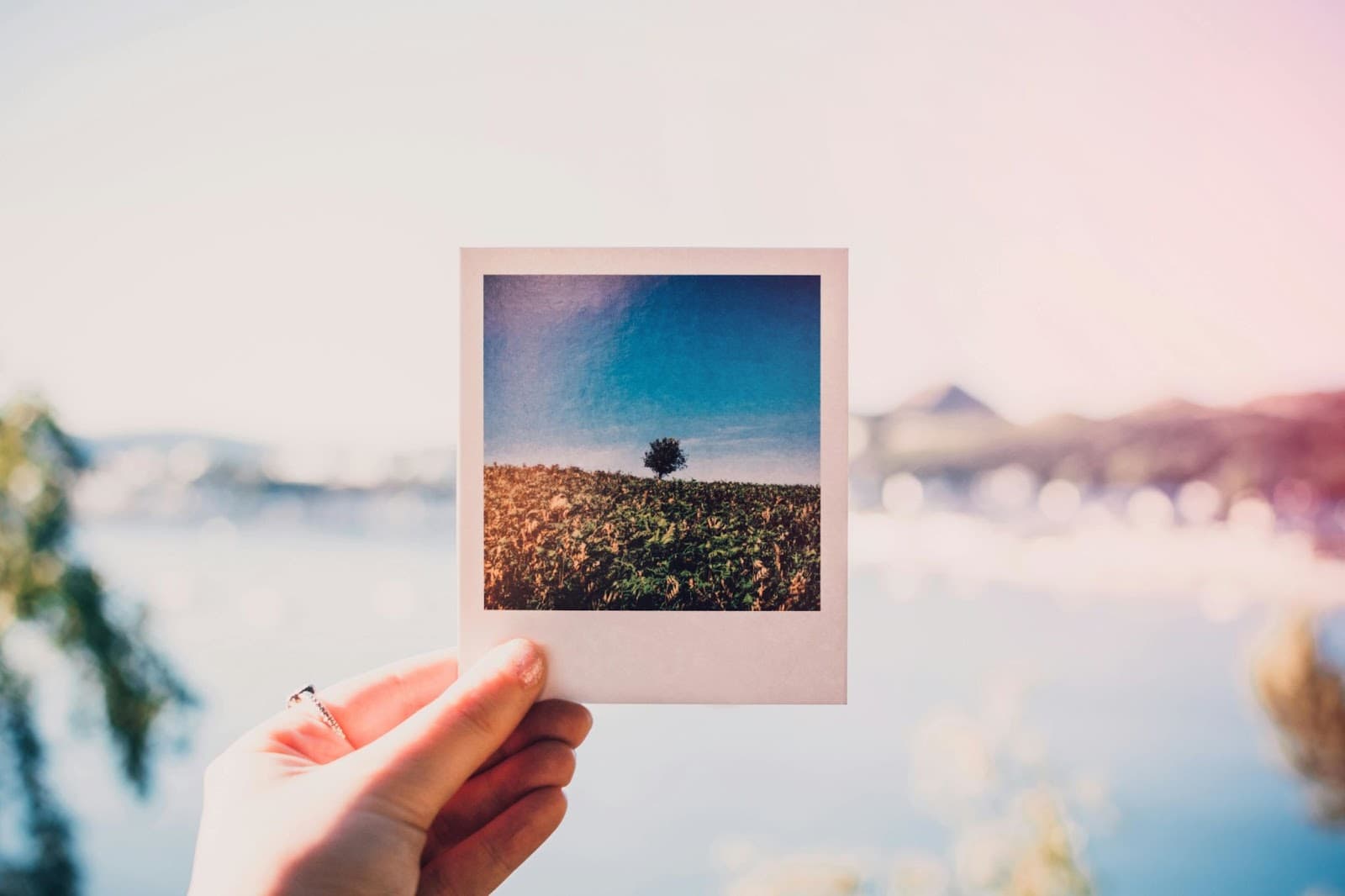Photography is an art, but it’s also a game of knowledge and skill. While anyone can press a shutter button, true mastery comes from understanding light, angles, and hidden tricks that most beginners overlook. Have you ever wondered how professionals manage to capture breathtaking shots effortlessly? It’s not just about the camera they use—it’s about knowing the little secrets that transform an ordinary photo into something extraordinary. Whether you're shooting with a high-end DSLR or just your smartphone, these hidden photography tricks will help you elevate your craft. And just like Casinossinlicenciaenespana.com helps players navigate the online gaming world, this guide will help you navigate the unseen world of professional photography techniques.
The Power of Unconventional Angles
One of the best-kept secrets in professional photography is shooting from unexpected angles. Most amateur photographers tend to shoot at eye level, but professionals know that a slight shift in perspective can completely transform an image.
- Low-angle shots make subjects appear grand, powerful, or mysterious.
- High-angle shots add drama and make objects look smaller or more vulnerable.
- Dutch tilt (tilting the camera diagonally) adds a sense of movement and energy.
- Close-up low perspective (getting really low and close) makes everyday objects look surreal and artistic.
By experimenting with these angles, you’ll find that even the most mundane scenes can turn into visually compelling compositions.
Light Tricks You Won’t Learn in a Photography Class
Professional photographers know that light is the single most important element in photography, but they also know how to manipulate it in ways that aren’t obvious to beginners. Uncommon Lighting Techniques
| Technique | How It Works | Best For |
|---|---|---|
| Bouncing Light | Use a white wall or a reflector to soften harsh light | Portraits, soft shadows |
| DIY Gobo (Go-Between Object) | Use household objects to cast unique shadows | Creative and moody shots |
| Artificial Sunset | Shine an orange gel-covered flashlight through a window | Sunset-like effects indoors |
| Backlighting for Drama | Place the light source behind your subject for a glowing effect | Silhouettes, dreamy portraits |
| Using Screens as Light Sources | A laptop or TV screen can act as a soft, customizable light | Night portraits, futuristic looks |
The key is to experiment with different light sources and angles. A simple desk lamp can create stunning results if used creatively.
Unexpected Tricks for Next-Level Shots
Beyond angles and lighting, there are subtle tricks that professionals use but rarely talk about.

- Use reflections wisely: A puddle, a mirror, or even a shiny surface like a smartphone screen can add depth and artistic flair to your shots.
- Shoot through objects: A glass of water, sheer fabric, or even leaves can create beautiful natural filters.
- Use foreground blur: Placing an object slightly in front of your lens and out of focus can create a cinematic effect.
- Apply the 50-50 rule: Instead of always following the rule of thirds, try splitting the frame evenly between two contrasting elements.
- Play with shutter speed: Slow it down to capture motion blur or speed it up to freeze action in ways the human eye can’t see.
These techniques work regardless of whether you’re using a smartphone or a professional camera—the magic is in the creativity, not the equipment.
Reflecting on the Art of Hidden Photography Tricks
Great photography isn’t about having the most expensive camera—it’s about knowing how to see the world differently. Pros use hidden tricks like light manipulation, creative angles, and unexpected reflections to make their photos stand out. Next time you pick up your camera or phone, challenge yourself to break the rules, experiment, and discover new perspectives. Because in photography, the best shot is often the one that surprises you the most.
FAQ
What is the biggest mistake beginner photographers make with lighting?
Relying too much on direct light instead of learning how to bounce or diffuse it for softer, more natural results.
How can you make a simple everyday object look artistic in a photo?
By changing your perspective, using dramatic lighting, or shooting through another object for a layered effect.
Why do some professional photos look so dynamic compared to amateur ones?
Because pros understand how to use light, motion, and composition to create depth and storytelling in their images.

